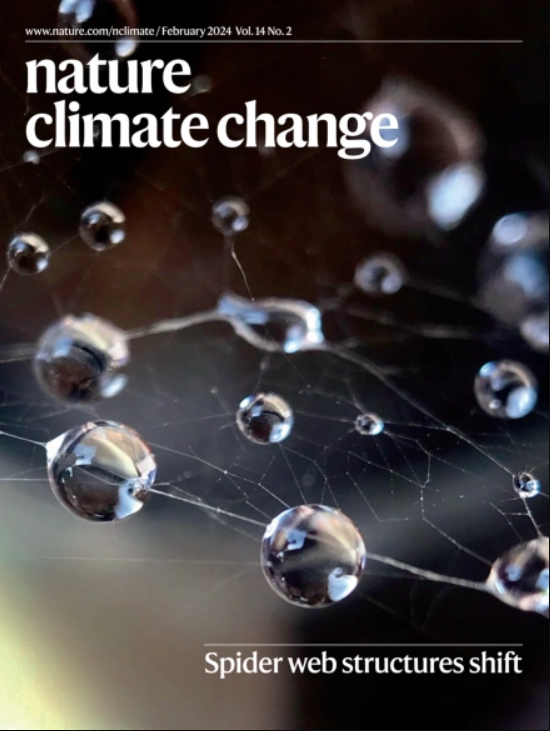Facebook algorithm’s active role in climate advertisement delivery
IF 27.1
1区 地球科学
Q1 ENVIRONMENTAL SCIENCES
引用次数: 0
Abstract
Climate advertising on social media can shape attitudes towards climate change. Delivery algorithms, as key actors in the climate communication ecosystem, determine ad audience selection and might introduce demographic bias. Here, we present a two-part study—an observational analysis (n = 253,125) and a field experiment (M = 650)—to investigate algorithmic bias in Facebook’s climate ad dissemination. Our findings provide preliminary evidence that the algorithm’s selection of ad audiences can be explained by factors such as ad content, audience location (US states), gender and age group. Moreover, the cost-effectiveness of contrarian ads is linked with the conservative political alignment of a state, while the cost-effectiveness of advocacy ads correlates with liberal political alignment, higher population and per-capita gross domestic product; ad targeting strategies further modulate these effects. The skew in the distribution of climate ads across US states, age groups and genders reinforces existing climate attitudes. Content delivery algorithms on social media exhibit biases in audience selection, which are understudied in the climate context. This study combines observational analysis and a field experiment to reveal algorithmic bias in Facebook’s climate ad data across location, gender and age groups.


Facebook算法在气候广告投放中的积极作用
社交媒体上的气候广告可以塑造人们对气候变化的态度。投放算法作为气候传播生态系统中的关键角色,决定了广告受众的选择,并可能引入人口偏见。在这里,我们提出了一项两部分的研究——观察分析(n = 253,125)和现场实验(M = 650)——来调查Facebook气候广告传播中的算法偏见。我们的研究结果提供了初步证据,表明该算法对广告受众的选择可以由广告内容、受众位置(美国各州)、性别和年龄组等因素来解释。此外,反向广告的成本效益与一个州的保守政治联盟有关,而倡导广告的成本效益与自由政治联盟、更高的人口和人均国内生产总值相关;广告目标策略进一步调节了这些影响。气候广告在美国各州、年龄组和性别之间分布的不平衡强化了现有的气候态度。
本文章由计算机程序翻译,如有差异,请以英文原文为准。
求助全文
约1分钟内获得全文
求助全文
来源期刊

Nature Climate Change
ENVIRONMENTAL SCIENCES-METEOROLOGY & ATMOSPHERIC SCIENCES
CiteScore
40.30
自引率
1.60%
发文量
267
审稿时长
4-8 weeks
期刊介绍:
Nature Climate Change is dedicated to addressing the scientific challenge of understanding Earth's changing climate and its societal implications. As a monthly journal, it publishes significant and cutting-edge research on the nature, causes, and impacts of global climate change, as well as its implications for the economy, policy, and the world at large.
The journal publishes original research spanning the natural and social sciences, synthesizing interdisciplinary research to provide a comprehensive understanding of climate change. It upholds the high standards set by all Nature-branded journals, ensuring top-tier original research through a fair and rigorous review process, broad readership access, high standards of copy editing and production, rapid publication, and independence from academic societies and other vested interests.
Nature Climate Change serves as a platform for discussion among experts, publishing opinion, analysis, and review articles. It also features Research Highlights to highlight important developments in the field and original reporting from renowned science journalists in the form of feature articles.
Topics covered in the journal include adaptation, atmospheric science, ecology, economics, energy, impacts and vulnerability, mitigation, oceanography, policy, sociology, and sustainability, among others.
 求助内容:
求助内容: 应助结果提醒方式:
应助结果提醒方式:


